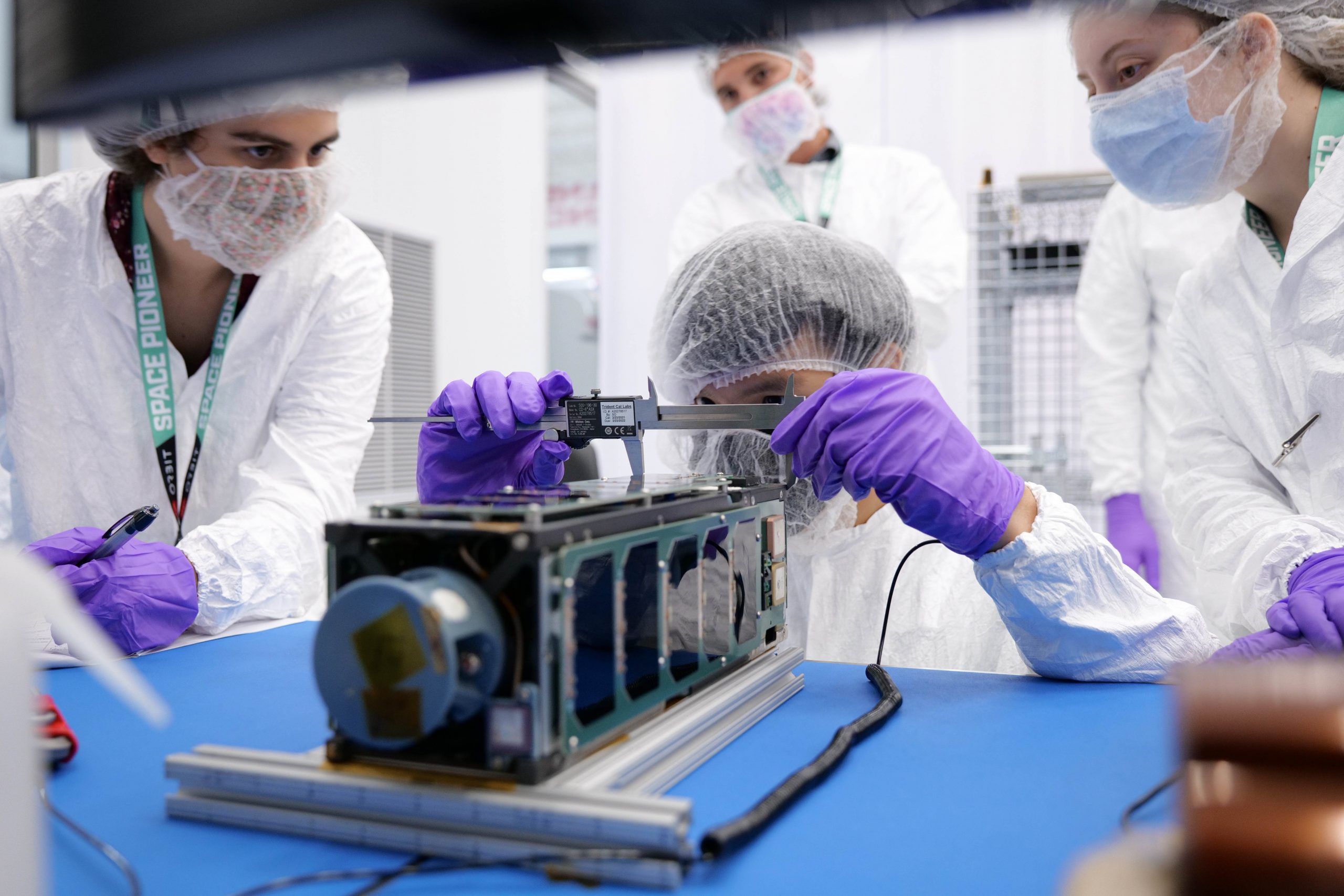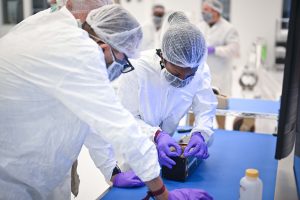
Virgin Orbit’s LauncherOne rocket detached from the company’s CosmicGirl aircraft at approximately 5:53 p.m. EST (2:53 p.m. PST) on Jan. 13, 2022, launching NASA’s 29th Educational Launch of Nanosatellites (ELaNa) mission and the 13th CubeSat in the TechEdSat series. This launch, also known as STP-27VPB, lifted off at approximately 4:39 p.m. EST (1:39 p.m. PST) from Mojave Air and Space Port, California.
Cornell’s Pathfinder for Autonomous Navigation (PAN), the 29th ELaNa mission, will launch two small research satellites known as CubeSats to low-Earth orbit to demonstrate autonomous rendezvous at a low cost. PAN is the first CubeSat mission to attempt docking between two CubeSats and will represent one of the most advanced autonomous CubeSat systems that has flown to date.
CubeSats are a class of research spacecraft called nanosatellites, built to standard units, or “U,” of 4 inches cubed. Often included as secondary payloads, CubeSats can be 1U, 2U, 3U, or 6U in size, typically weighing less than 3 pounds per unit and designed to carry out unique tasks once deployed into low-Earth orbit.
The PAN CubeSats, each measuring approximately 8 inches x 12 inches, feature a cold gas propulsion system, reaction wheel-based attitude control, and GPS navigation. A few months after launch, the satellites will match each other’s orbits and rendezvous to demonstrate future capabilities for on-orbit assembly.
The nanosatellites will use carrier-differential GPS to autonomously conduct rendezvous and docking operations. This method allows position measurement accurate to within several centimeters. If successful, the technology demonstrated by PAN will reduce the mass and complexity associated with traditional rendezvous and docking systems.
PAN was selected through NASA’s CubeSat Launch Initiative (CSLI) and assigned to this mission by the agency’s Launch Services Program (LSP) based at Kennedy Space Center in Florida. CSLI enables the launch of CubeSat projects designed, built, and operated by students, teachers, faculty, NASA centers, and nonprofit organizations. Managed by LSP, ELaNa missions provide a deployment opportunity or ride-share launches to space for the selected CubeSats.

TechEdSat-13, from NASA’s Ames Research Center in California’s Silicon Valley, is a 3U nanosatellite that carries a unique artificial intelligence/machine learning (AI/ML) module featuring the first orbital flight of a neuromorphic processor. This processor, the Intel Loihi, permits fast and efficient execution of AI/ML algorithms through a unique architecture that, in some ways, mimics the human brain.
In addition, there is a unique exo-atmospheric brake that will help rapidly de-orbit this and future nanosatellites. With this exo-brake technology, TechEdSat-13 will help address the accumulation and efficient disposal of orbital debris. This effort also helps to set the stage for autonomous navigation for nanosatellites to drop from orbit and reach their planned destination on Earth.
The TechEdSat flight series involves university interns and early career aerospace professionals. TechEdSat-13 was funded by various research groups within NASA, and the neuromorphic processor was provided by the Air Force Research Laboratory Information Directorate.
